News Beat
News Beat reporting is an idrw.org initiative to let our Readers to report News Based on Actual facts but some how has not been reported in Main Stream Media .
SOURCE: RAUNAK KUNDE / NEWS BEAT / IDRW.ORG

India’s long-delayed Intermediate Jet Trainer (IJT) program, spearheaded by Hindustan Aeronautics Limited (HAL), might finally be taking flight. Sources close to the project have indicated to idrw.org that production could be nearing reality after the IJT undergoes a significant redesign and upgrades.
The program is expected to complete all developmental trials following a major overhaul. This overhaul included a redesign of the IJT’s tail section and substantial upgrades to its avionics and other systems. These changes address concerns raised earlier regarding the aircraft’s performance.
Continue readingSOURCE: RAUNAK KUNDE / NEWS BEAT / IDRW.ORG
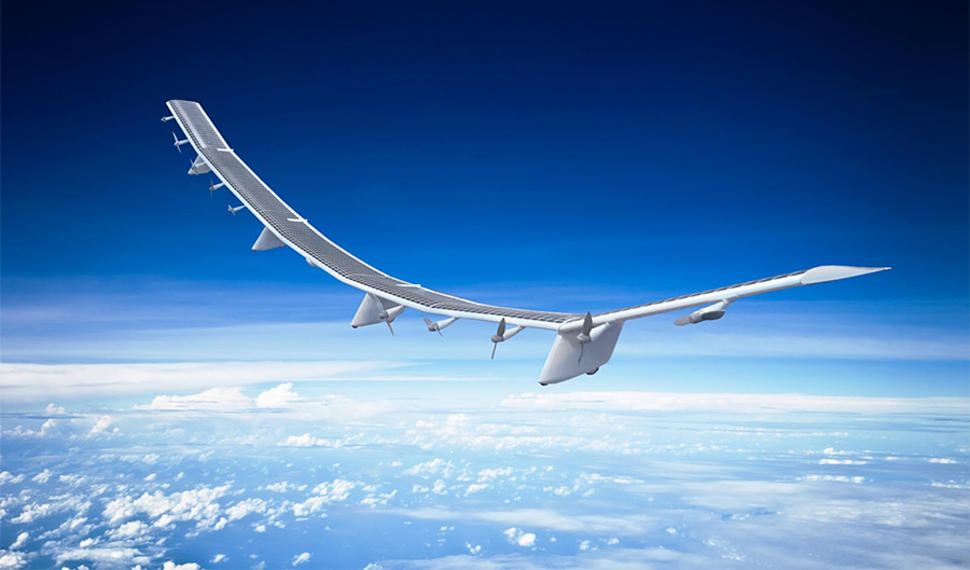
In a move that could revolutionize aerial surveillance and communication in India, Abu Dhabi’s Mira Aerospace and Indian startup VEDA Aeronautics have joined forces to develop a strong foothold in the High-Altitude Pseudo Satellites (HAPS) market.
HAPS are solar-powered drones designed to operate for extended periods in the stratosphere, offering a unique combination of benefits over traditional satellites and drones. They can provide persistent coverage over a large area without the complexity and cost of launching a satellite while offering greater endurance than conventional drones.
Continue readingSOURCE: RAUNAK KUNDE / NEWS BEAT / IDRW.ORG
Leaked sketches have revealed India’s progress on a crucial element of its long-range surface-to-air missile (LRSAM) program. The Defence Research and Development Organisation (DRDO) is developing a mobile High Power Radar (HPR) designed to bolster the Indian Air Force’s (IAF) air defence capabilities.
This HPR system could be a vital component of the upcoming LRSAM program. The radar, with a weight of 30 tons and a transportable antenna measuring 10 meters by 6 meters, will provide superior detection capabilities. The carrier vehicle boasts a 60-ton load capacity and a travel speed of 20 kilometres per hour, ensuring mobility for deployment across various terrains.
Continue readingSOURCE: RAUNAK KUNDE / NEWS BEAT / IDRW.ORG

India’s ambitious 5th generation Advanced Medium Combat Aircraft (AMCA) program will be taking a crucial step towards achieving true aerial dominance. A key feature of the AMCA will be Low Probability of Intercept (LPI) technology, a cornerstone of modern stealth aircraft.
LPI radars are a cornerstone of modern aerial warfare. They function by minimizing an aircraft’s radio frequency (RF) emissions, making them significantly harder to detect by conventional radar systems.
Continue readingSOURCE: RAUNAK KUNDE / NEWS BEAT / IDRW.ORG

Dr Avinash Chander, a former head of the Defence Research and Development Organisation (DRDO), has reignited discussions regarding the development of a longer-range tactical ballistic missile. Dr Chander, while speaking to Nitin A. Gokhale of Bharat Shakti, proposed the development of a tactical missile with a range of 1200 to 1500km. He emphasized the potential for a cost-effective approach to this project.
India’s existing tactical missile arsenal includes the Pralay, a short-range ballistic missile with a maximum range of 500km. This missile is specifically designed for battlefield deployment and will be integrated into the Integrated Rocket Force (IRF).
Continue readingSOURCE: RAUNAK KUNDE / NEWS BEAT / IDRW.ORG
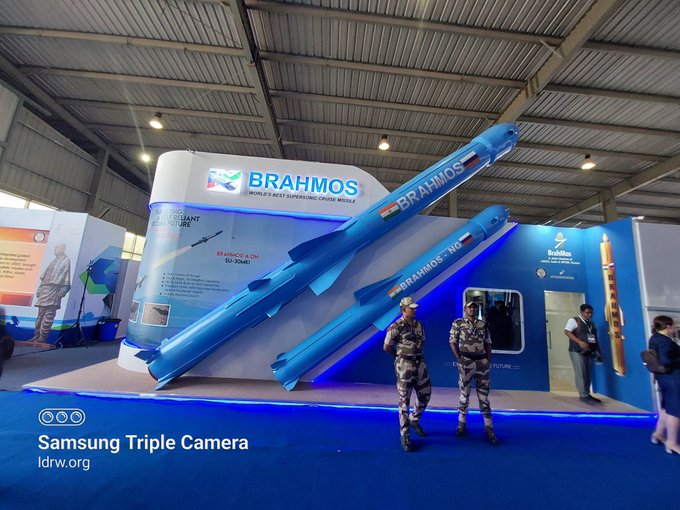
India’s BrahMos Corporation is gearing up for a significant advancement in its missile technology with the New Generation (NG) BrahMos cruise missile. This lighter and smaller variant of the existing BrahMos promises enhanced capabilities for the Indian Air Force.
As per recent announcements by Atul Dinkar Rane, Director General of DRDO and CEO & MD of BrahMos Aerospace, the BrahMos NG is on track for a series of crucial tests. By mid-2025, the program expects to commence drop and dummy testing. These initial trials focus on validating the missile’s aerodynamic design and separation mechanism from the launch platform before progressing to powered flight.
Continue readingSOURCE: RAUNAK KUNDE / NEWS BEAT / IDRW.ORG

The Indian Air Force’s (IAF) fleet of Light Combat Aircraft (LCA) Tejas trainers is steadily growing. Recent images emerging from the Hindustan Aeronautics Limited (HAL) assembly line show the sixth trainer aircraft, LCA Trainer (LT 5206), in various stages of preparation.
This development comes after HAL delivered the first twin-seater trainer (LT 5201) to the IAF in Bengaluru on October 4, 2023. These trainers play a vital role in pilot conversion training within IAF squadrons before graduating to flying the upgraded single-seater Tejas Mk1A fighter jets.
Continue readingSOURCE: RAUNAK KUNDE / NEWS BEAT / IDRW.ORG
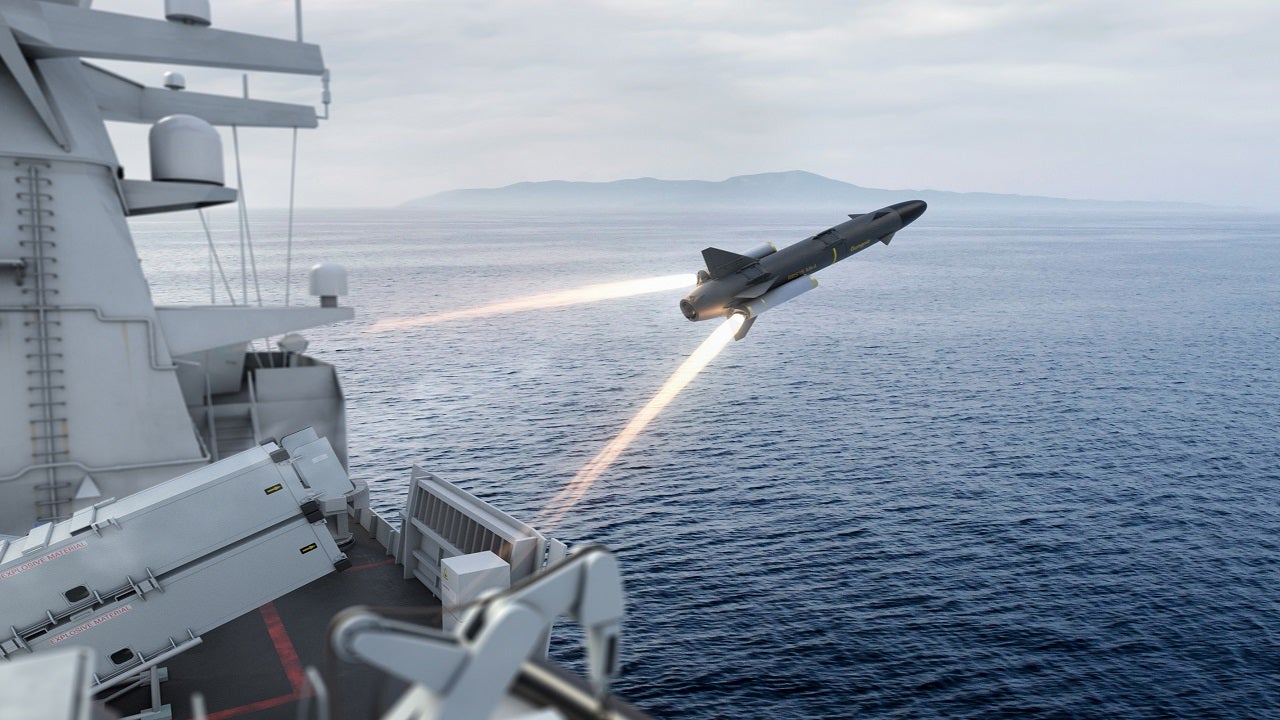
Saab, the Swedish defence giant, is making a major push into the Indian market. In March 2024, they announced the construction of their first-ever manufacturing facility outside Sweden, a 3.6-acre site at MET City, Jhajjar, dedicated to producing the Carl-Gustaf M4 weapon system.
Saab’s ambitions extend beyond the Carl-Gustaf. They’re exploring the possibility of manufacturing and supplying India with the RBS15 anti-ship missile. This versatile missile boasts land-attack capabilities and a 200kg warhead with a range exceeding 300km.
Continue readingSOURCE: RAUNAK KUNDE / NEWS BEAT / IDRW.ORG
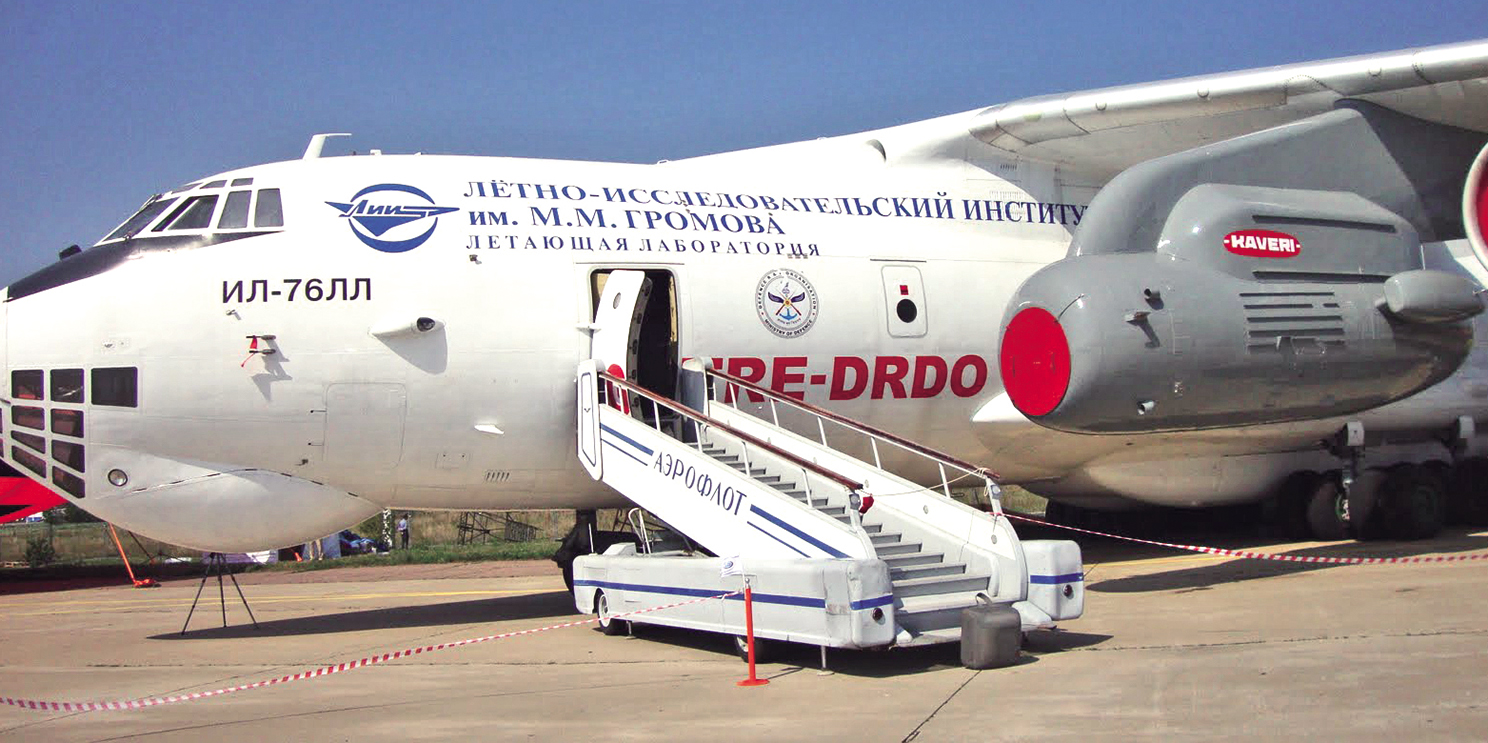
The Defense Research and Development Organization’s (DRDO) Gas Turbine Research Establishment (GTRE) is gearing up to spearhead two critical engine development programs crucial for India’s defence capabilities. These initiatives include the creation of a homegrown Dry Kaveri engine for Unmanned Remotely Piloted Strike Aircraft and a new 110kN engine for India’s ambitious 5th generation Advanced Medium Combat Aircraft (AMCA) fighter jet program.
However, despite the progress in engine development, GTRE faces a significant hurdle—the lack of a flying Testbed essential for conducting in-flight trials of these engines. The proposed solution to this challenge has been met with innovation and resourcefulness.
Continue readingSOURCE: RAUNAK KUNDE / NEWS BEAT / IDRW.ORG
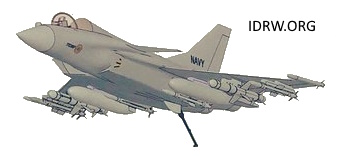
The Indian Navy’s quest for a new carrier-borne fighter jet, the Twin Engine Deck Based Fighter (TEDBF), is making steady progress, albeit with adjustments to the original timeline. The Aeronautical Development Agency (ADA) is spearheading the development, aiming to replace the ageing MiG-29K fleet on aircraft carriers INS Vikramaditya and INS Vikrant.
The Aeronautical Development Agency (ADA) is working diligently to complete the Critical Design Review (CDR) for all TEDBF systems by early 2025. This review signifies a crucial stage in the design process, ensuring all systems meet performance and integration requirements.
Continue readingSOURCE: RAUNAK KUNDE / NEWS BEAT / IDRW.ORG
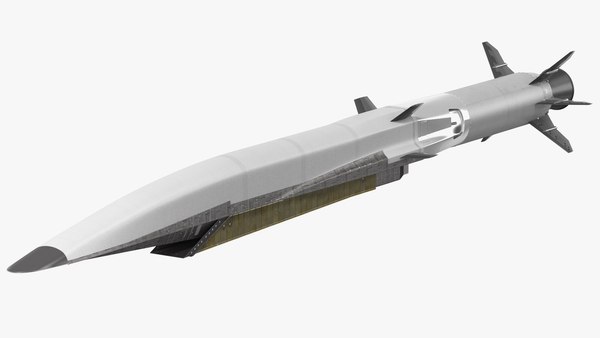
India’s Defence Research and Development Organisation (DRDO) has issued tenders for a critical project aimed at developing hypersonic cruise missiles. Project ET-LDHCM focuses on the creation of long-distance hypersonic cruise missiles and requires advancements in high-temperature material coatings.
Hypersonic missiles travel at speeds exceeding Mach 5, creating immense heat due to friction with air molecules. This necessitates the use of refractory alloys like Niobium, Molybdenum, and Tungsten in the construction of these missiles. However, these alloys oxidize rapidly at high temperatures, compromising their performance.
Continue readingSOURCE: RAUNAK KUNDE / NEWS BEAT / IDRW.ORG
Solar Industries India Limited (SOLARINDS) is gearing up for a new challenge, as confirmed by Chairman Satyanarayan Nandlal Nuwal. The Indian Air Force (IAF) has reportedly requested the development of a 1000kg (one-tonne) air bomb. This large-scale weapon is likely to be part of the Make-II Defence Production program, aimed at bolstering domestic production of critical defence equipment.
The new bomb project follows the successful testing of SOLARINDS’ indigenously developed 125kg bomb on Su-30MKI fighter jets. Similar to the 125kg bomb, the new one is expected to be a universal weapon, compatible with existing IAF aircraft like the Su-30MKI and Mirage-2000. This interchangeability would provide pilots with operational flexibility and streamline logistics.
Continue readingSOURCE: RAUNAK KUNDE / NEWS BEAT / IDRW.ORG

India recently greenlit its ambitious Advanced Medium Combat Aircraft (AMCA) program, aiming to develop a domestic 5th-generation fighter jet. With a budget of ?15,000 crores (roughly $1.8 billion), the AMCA program boasts one of the lowest funding levels for such an undertaking globally.
For comparison, South Korea’s KF-21 program, launched in 2015, carries an estimated price tag of $6.59 billion. The initial variant of the KF-21 lacks features like an internal weapons bay and stealth coating, making it more of a 4.5-generation aircraft for now. While a true stealth variant (Block-III) is planned for 2030, its unit cost is expected to exceed $100 million, pushing the overall program cost past the $7 billion mark.
Continue readingSOURCE: RAUNAK KUNDE / NEWS BEAT / IDRW.ORG
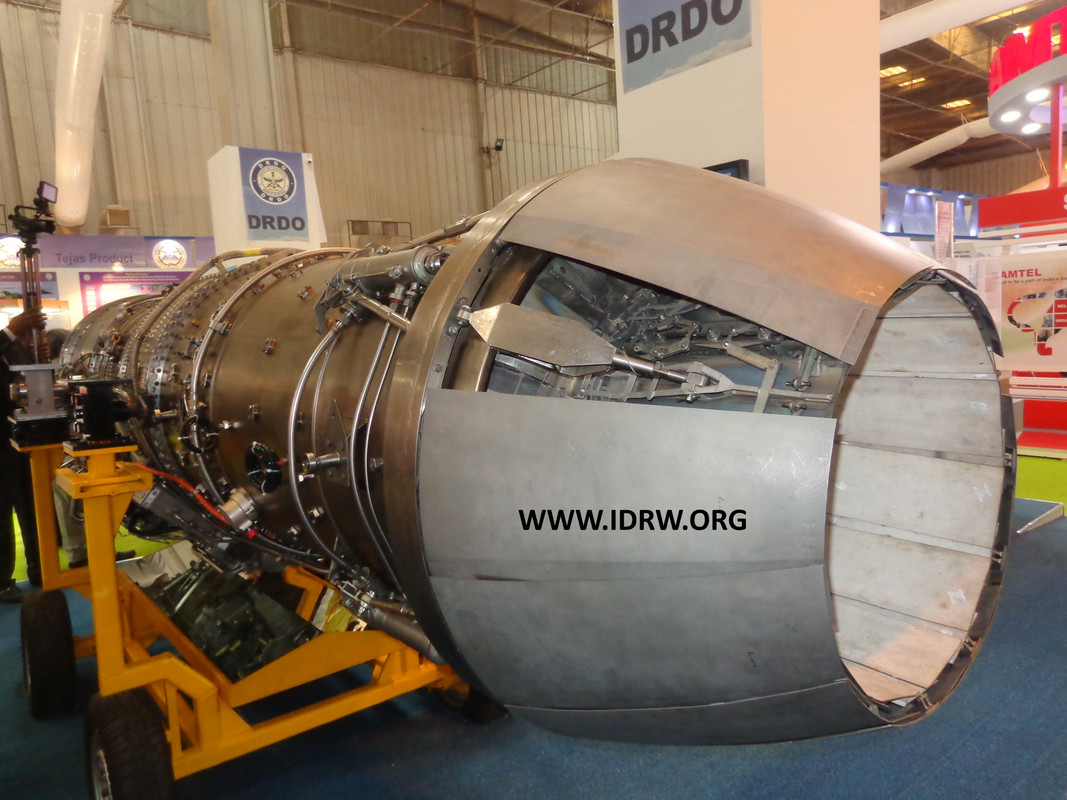
The Defense Research and Development Organization (DRDO) is poised to usher in a new era in Indian aviation with its groundbreaking developments in the Kaveri engine project. With preparations underway for testing the DRY Kaveri engine and aiming for Initial Flight Release Certification later this year.
GTRE has commenced receiving newly built modules, marking the initial steps towards the production of the first newly built DRY Kaveri engine. GTRE has plans to develop a new DRY Kaveri engine, the current set of DRY Kaveri engines were older engines that were modified to be used as Technological demonstrators.
Continue readingSOURCE: RAUNAK KUNDE / NEWS BEAT / IDRW.ORG

The Defence Research and Development Organisation (DRDO) recently showcased its WHAP 8×8 armoured vehicle platform, with a variant specifically designed for Chemical, Biological, Radiological, and Nuclear (CBRN) defence.
Discussions are reportedly underway between the Indian Army and DRDO regarding the development of a 105mm cannon variant of the WHAP platform. This variant is envisioned as a Light Combat Tank (LCT), designed to complement Main Battle Tanks (MBTs) on the battlefield. idrw.org has been told some countries are looking for more firepower and might be interested in LCT variant. DRDO is already developing ATGM Variant of the Whap.
Continue reading